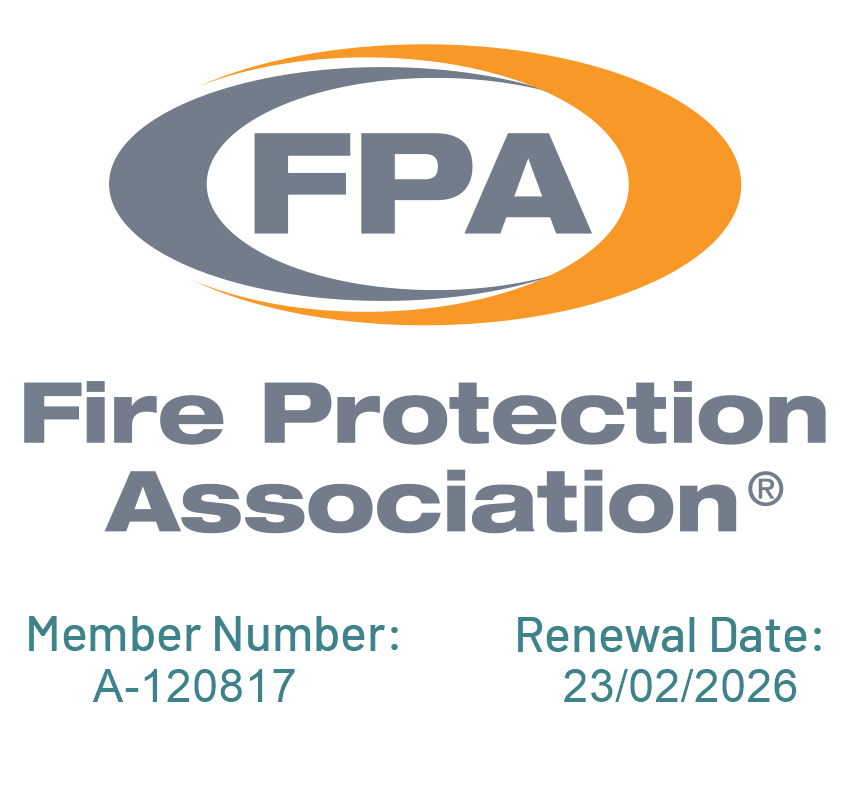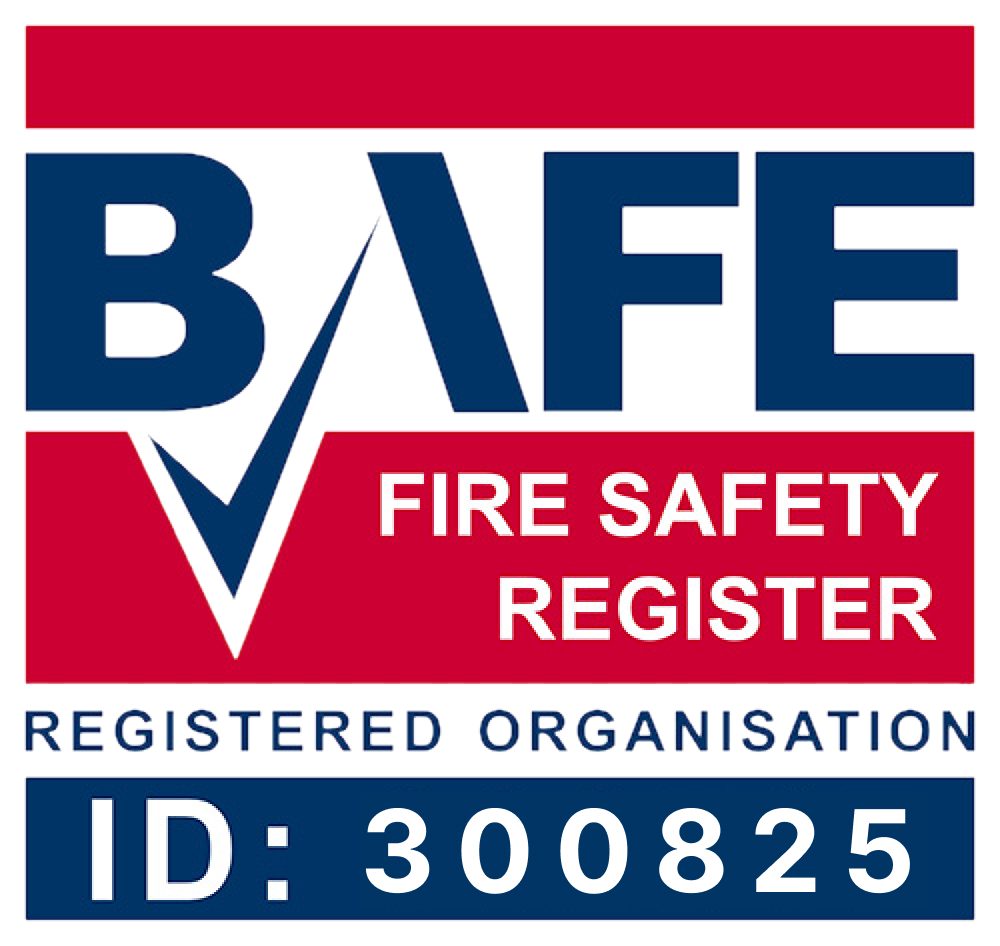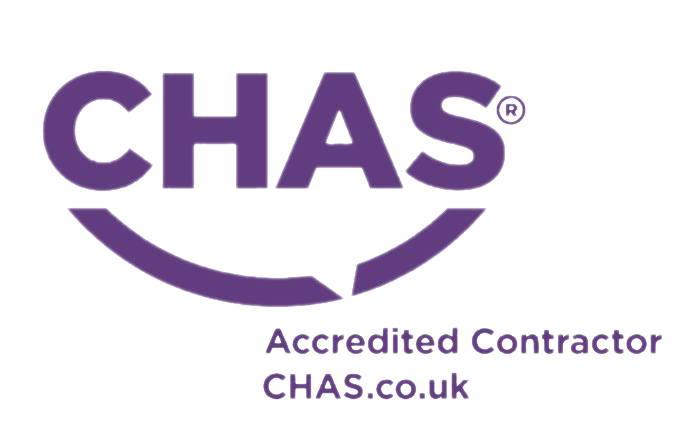Emergency lighting is an important safety feature for any building or public space, but it must be maintained and tested regularly to ensure that it will work when needed.
This article looks at the best practices for emergency lighting testing, providing bright ideas on how to keep your environment safe and up-to-code.
Emergency lighting tests are essential for ensuring that all areas of a building stay well-lit during an emergency situation. Not only do they need to be conducted frequently in order to comply with regulations, but regular inspections can also help identify potential problems before they arise.
With this article, we’ll explore ways to make sure you’re doing everything possible to protect your premises and its occupants.
Understanding Emergency Lighting Requirements
Emergency lighting is an essential component of any safety plan.
When designing and testing emergency lighting systems, best practices include taking into account both local building regulations as well as national standards.
According to the Health and Safety Executive (HSE), all escape routes must have adequate levels of light throughout their length at all times and should remain so even when normal power fails or is disrupted. The Emergency Lighting Regulations 2018 also sets out comprehensive guidance on how emergency lighting needs to be installed and maintained – with regular tests being a crucial part of compliance.
It is therefore important that facilities are tested regularly and meticulously to ensure they meet expected safety requirements. Testing should not only involve verifying the system’s functionality but also measuring lux readings along escape routes – making sure these are within specified limits according to HSE guidelines.
This will help make sure staff and visitors alike can find their way out safely if ever faced with an emergency situation.
Developing A Testing Plan
Having established the various requirements and regulations for emergency lighting, it is now time to focus on developing a testing plan.
One of the most important steps in doing this is to ensure that all tests are carried out regularly: no less than every 12 months according to BS 5266-7:2011. It’s also essential to use an approved racking system so that individual lamps can be tested without disruption or danger to other systems.
When planning a test schedule, it pays to factor in any changes which may occur within the building; such as additional lighting installations, alterations to existing fixtures or repositioning of equipment. This should help when defining specific areas where maintenance needs attention or if new requirements set by legislation must be met.
As well as being mindful of these potential tweaks and amendments, having documentation detailing each inspection will prove invaluable should you ever need evidence of due diligence. Adopting best practices like these will go a long way towards ensuring your emergency lighting system remains compliant with current standards and regulations.
Inspecting The Equipment
It is a crucial safety requirement that emergency lighting testing should be completed with accuracy and precision. Not only does this ensure all components are in working order, but it also provides peace of mind to those who will depend on the system in an emergency situation.
The focus must now turn to inspecting the equipment:
- Conducting visual checks for damaged cables, loose connections, and defective items
- Examining each lamp to make sure they are illuminating correctly
- Ensuring all battery packs are fully charged and storage batteries have not sustained any damage
- Closely monitoring any additional control systems such as the generator or sensors
- Measuring voltage levels at regular intervals
- Verifying that all tests were executed accurately according to specifications
Voltage measurement and verification should be taken at intervals and compliance with regulations must be ensured.
Examining The Electrical System
Let’s start with establishing a testing schedule – that’ll help us keep on top of emergency lighting testing.
Then we can move on to testing fire alarm circuits; that’s a really important part of the electrical system.
Establishing A Testing Schedule
It’s essential to ensure that your emergency lighting system is functioning correctly.
Establishing a testing schedule for examining the electrical system should be of utmost importance, as it can help you identify any potential issues and reduce the risk of failure in an emergency situation.
It’s best practice to test all components on a weekly basis, noting down any irregularities or problems with equipment.
Testing batteries every three months will also help to keep systems up-to-date and running smoothly – something which could literally save lives!
So make sure you’re regularly checking your lights and keeping records; this simple act of maintenance could prove invaluable if there were ever an incident.
Testing Fire Alarm Circuits
It’s essential to ensure that all areas of the electrical system are thoroughly tested and in good working order, so it’s important to check fire alarm circuits too.
It’s a great practice to give these a once-over at least every six months – if you can fit them in more often, even better!
Make sure your team is familiar with the circuit diagrams for reference when testing; this way they’ll be able to identify any issues quickly and efficiently.
Additionally, remember not to leave batteries unchecked – regularly test those as well.
Ultimately, ensuring that your fire alarms are functioning correctly is key for protecting both people and property should an emergency occur.
Testing Illumination Levels
Ensuring emergency lighting levels are up to standard is essential for health and safety in any building. That’s why it’s important to regularly test the illumination of your emergency lights, as well as their functionality.
When testing, a lux meter should be used to measure the amount of light produced by each emergency luminaire. It’s also wise to check that all lamps have been tested at least once every 3 months (or more frequently if necessary), with records kept on file for future reference. This ensures that the luminance levels are consistent throughout the building and there won’t be any surprises when an evacuation takes place.
To make sure you’re following best practices, always ensure that everyone involved in testing has received adequate training and understands how to use the equipment correctly. Documenting results accurately will help safeguard against potential issues down the line too – so make sure everything is documented properly!
Recording And Reporting Results
Having established the illumination levels that need to be tested, it’s time to look at the recording and reporting of these results. As with all testing procedures, accuracy is paramount; an incorrect reading can lead to further safety issues down the line if not addressed correctly.
So what are the best practices when it comes to recording and reporting emergency lighting test results? Here’s a quick checklist:
– Ensure readings taken from each light fitting meet legal requirements for minimum lux levels
– Check voltage/current figures against the manufacturer’s specifications
– Record battery life estimates based on current readings
– Document any failures or faults found during testing
– Take photos where appropriate for verification purposes
Knowing how long light fittings will last in an emergency is essential information which must be recorded accurately in order to ensure regulations are met. Furthermore, detailed records of any irregularities or problems encountered during testing should also be kept so that maintenance and repair work can be carried out efficiently.
Overall, these steps provide a comprehensive overview of the condition of your emergency lighting system and help keep everyone safe in times of crisis.
Frequently Asked Questions
How Often Should Emergency Lighting Be Tested?
Emergency lighting should be tested on a regular basis to ensure it is in full working order.
This can vary depending on the environment and regulations, but typically emergency lighting needs to be checked every month or annually.
It’s important that tests are carried out properly so any issues can be identified and rectified before they become an issue.
The testing frequency may also need to increase if certain parts of the system have been upgraded or replaced, as these changes may affect the performance of the emergency lighting system.
Are There Any Special Considerations When Testing Emergency Lighting In Hazardous Areas?
When testing emergency lighting in hazardous areas, it’s important to take extra precautions. This is because the environment presents a greater risk of danger if something goes wrong during the test process.
It’s essential that personnel are trained and aware of any potential risks before commencing tests, as well as making sure all safety equipment is properly utilised – such as protective clothing and breathing apparatus for those working in enclosed spaces.
Careful planning must also be undertaken to ensure that no additional hazards are created by the testing process itself.
What Type Of Testing Is Required For Battery-Operated Emergency Lighting?
Testing battery-operated emergency lighting is like playing a game of chess – it requires careful consideration and strategy.
When testing these types of lights, you need to be sure that all the batteries are fully charged before starting as well as check for any potential faults or short circuits in the wiring.
It’s also important to keep an eye on the output intensity of the light over time, as this will indicate how efficiently your system is running.
Finally, don’t forget to test both regular and emergency modes to ensure they’re functioning properly when needed most.
What Safety Measures Should Be Taken When Testing Emergency Lighting?
When testing emergency lighting, it’s essential to take a number of safety measures.
First and foremost, all tests should be conducted in accordance with the manufacturer’s instructions and any relevant regulations, such as those from the National Fire Protection Association (NFPA).
It is also important to turn off the power before making any changes or modifications to the lighting system.
Additionally, appropriate personal protective equipment must be worn when performing tests on live circuits; this includes gloves, eye protection and clothing that covers exposed skin.
Finally, personnel involved in testing should remain alert at all times and follow good housekeeping practices for both indoor and outdoor settings.
What Kind Of Documentation Should Be Kept To Demonstrate That Emergency Lighting Is Being Tested?
It’s important to keep documentation of emergency lighting tests in order to meet safety regulations.
According to a 2017 survey, 98% of businesses that have conducted an emergency lighting test reported keeping records afterwards.
Businesses should ensure they are regularly recording their testing process and results in the form of logs or other documents for future reference.
This way, there is always a record indicating the date when this type of testing was done and if any maintenance was required as a result of it.
Keeping up with regular testing and subsequent logging will help businesses stay compliant with safety standards.
Emergency lighting testing is a critical part of any workplace safety plan and should not be taken lightly.
It’s essential to ensure that all emergency lights are tested regularly, according to the manufacturer’s instructions.
Failure to do so could have disastrous consequences – lives may depend on it!
That’s why every organisation needs to take steps to make sure they’re following best practices when it comes to testing their emergency lighting.
By doing so, they can rest assured knowing they’ve done everything possible to keep their employees safe in the event of an emergency.


